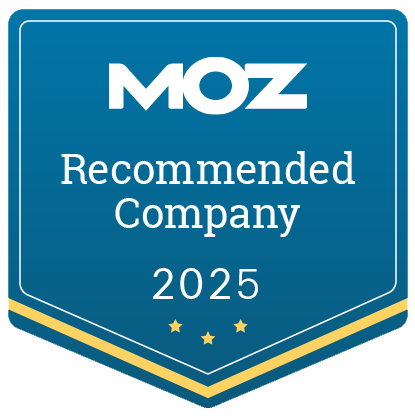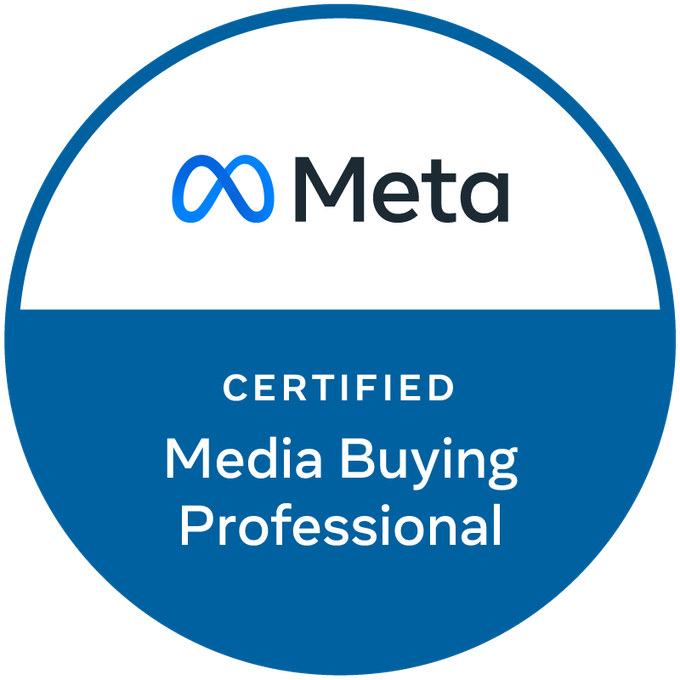If you want to see better results from your email marketing, here’s the truth: knowing what your competitors are doing can give you a huge advantage. Competitor research isn’t just about watching what others do - it’s about learning, adapting, and carving out your own space in the inbox. And in today’s overcrowded space, your message is fighting for attention alongside social posts, Slack notifications, and cat memes.
Effective email marketing competitor research arms you with the insights you need to shape stronger email strategies, but the benefits don’t stop there. From SEO and social media to paid ads and content marketing, these insights can ripple across your entire omnichannel marketing approach. We’ll break down how to analyze competitors through an email-first lens, apply that intel strategically, and, most importantly, how ZGM can help you turn those insights into meaningful growth.
Why Competitive Research Matters in Modern Marketing
Email marketing competitor research has changed - a lot. It’s no longer just a one-time exercise to “see what the other guys are doing.” It’s now a vital part of building and sustaining digital strategies that perform. By understanding how your competitors position themselves, communicate with customers, and deploy offers, you can define your own email marketing moves with a lot more clarity.
The first step is to perform a competitive email marketing analysis. Most businesses can quickly name a few top contenders in their industry, but those aren’t always their only rivals. You may be facing indirect competition, such as brands solving the same problem with a different approach, or emerging companies that win attention on TikTok, stealing search engine rankings, or showing up in inboxes with high-performing newsletters. Once you have a clearer picture of who’s in the space with you, the rest of your strategy becomes a lot more targeted.
Looking at your competitors’ market positioning is especially useful as you pay attention to how they present themselves: Are they branding as affordable and approachable, or elite and exclusive? Do they use humor or authority in their tone? Are they pushing urgency or focusing on relationship-building?
Understanding this helps you differentiate your own brand’s voice and message. It’s not about mimicking their approach: it’s about identifying the whitespace they’re missing and filling it with your brand’s value!
Email Competitor Analysis: A Powerful Entry Point
Among all marketing channels, email is one of the most transparent and accessible for competitor analysis. But why? Because anyone can subscribe to a competitor’s newsletter and start collecting real, live campaign data - no secret access needed.
The best place to start is by signing up for your competitors' emails using a separate inbox, so you can observe their marketing as a consumer would. Then, begin to look for patterns over time. How often are they sending emails? What kind of content are they using? Are they launching campaigns around specific seasons or events? Over time, these observations reveal the strategy behind them.
When it comes to analyzing their emails, focus on a few key areas. Subject lines offer insight into tone, urgency, and curiosity triggers. Are they using emojis, first names, or limited-time language? The email template and design can tell you a lot about branding consistency and mobile optimization. Are they image-heavy or copy-driven? Do they use interactive elements? Beyond aesthetics, take note of the offers themselves. Are they discount-heavy? Do they lead with content like blogs and guides? Finally, track frequency and timing. Are they sending weekly, daily, or just during sales pushes?
Tools to Monitor and Analyze Email Strategy
While manual tracking is a great way to get started, leveraging tools can make the process more scalable and insightful. Email marketing platforms like MailCharts allow you to analyze email trends by industry, uncovering data on send frequency, common subject line formats, and design trends.
Inbox Insights by Litmus gives you campaign summaries from top brands, helping you benchmark your performance. For broader marketing visibility, tools like Owletter or SparkToro provide insights that extend beyond the inbox, great for linking email campaigns to content and audience trends.
Turn Insights into Action with a Strategic Audit
Collecting data is important, but what you do with that data is what sets successful marketers apart. This is where a structured, strategic marketing audit comes into play. Start by organizing your findings into a centralized system. A simple spreadsheet, Notion board, or Airtable doc can work wonders. Document each competitor, along with key observations about their email campaigns (subject lines, visual elements, tone, CTAs, and offers). Over time, this creates a knowledge base that you can revisit and refine.
Once you’ve gathered enough data, use a SWOT competitor analysis framework to assess it. What strengths stand out across competitors’ emails? Do some have particularly strong design consistency or storytelling? Then, look at weaknesses - are emails too long, visually cluttered, or poorly optimized for mobile? Opportunities become clear when you spot messaging gaps or underutilized tactics. And don’t forget about threats: some competitors may have significantly higher frequency or more aggressive discounting, which could be pulling attention away from your emails.
With this kind of structured evaluation, you’re no longer guessing. You’re crafting an email marketing strategy based on real, actionable market intelligence.
Applying Competitive Research Across Channels
While email may be your starting point, the same principles of competitor research apply across every digital channel. Think of this as your marketing flywheel: what you learn from one area can increase your performance everywhere else.
In social media marketing, watch for content types, engagement rates, influencer partnerships, and community tone. Are competitors heavy on short-form video? Do they lean into trends or create evergreen tips? Use this to your advantage to shape your content planning!
For SEO, competitor blogs, keyword rankings, and backlink strategies offer a plethora of insight. What kinds of questions are they answering? Are there topics they’re overlooking that you can own? This can directly feed your content calendar.
When it comes to paid media, take note of their Google Search and Meta ad copy, landing page experience, and offer cadence. Do they retarget aggressively? Are their CTAs consistent with what they email? The more you know, the better you can align your campaigns across every customer touchpoint.
The real magic happens when you apply these insights to create omnichannel consistency. If your competitors are sending solid emails but their SEO or social presence is weak, that’s your opportunity to shine. Build strength where others aren’t, and use what you’ve learned to present a seamless, stand-out brand experience.
How ZGM Uses Competitor Intelligence to Drive Results
At Zero Gravity Marketing, we live and breathe data-driven strategy. Email marketing competitor research isn’t something we tack on, it’s the foundation of how we build effective campaigns. Our team conducts thorough audits that dig into everything from email timing and creative assets to broader digital trends in paid, SEO, and social.
We use best-in-class email and automation tools and pair them with human analysis to deliver actionable, client-specific insights. From identifying why a competitor’s emails are driving conversions to discovering missed SEO opportunities, we create a holistic view that aligns directly with your business goals. Did we mention we don’t stop at diagnosis? We also help you implement the right mix of email marketing tactics to outperform the market.
Smarter Competitive Research in 2025 and Beyond
As your digital marketing strategy develops, so too does your email competitor research. With AI-driven analysis, deeper personalization, and a shift toward first-party data, marketers today have more tools than ever.
AI Platforms like ChatGPT and Jasper are helping teams summarize findings, create content variations, and spot trends faster. First-party data is playing a bigger role, allowing brands to layer competitive insights with their own customer behavior for smarter segmentation. And above all, ethical monitoring matters. You can (and should) gather public data and use it strategically, but always with integrity and transparency.
Looking ahead, marketers who integrate AI with human creativity and data interpretation will gain the clearest view of their competition and their customers.
Get a Competitive Edge with ZGM
You’ve got a business to run. We’ve got the research, tools, and expertise to help you outsmart the competition.
At ZGM, our competitive email marketing audits go beyond surface-level observations. We go deep into digital channels, synthesize what matters, and build omnichannel strategies that help you win more customers. If you're rethinking your email marketing or launching a full-funnel campaign, we’re here to make sure you’re doing it smarter.
Ready to see what your competitors are missing? Let’s check out the gaps and fill them with strategies that perform.
About the Author












